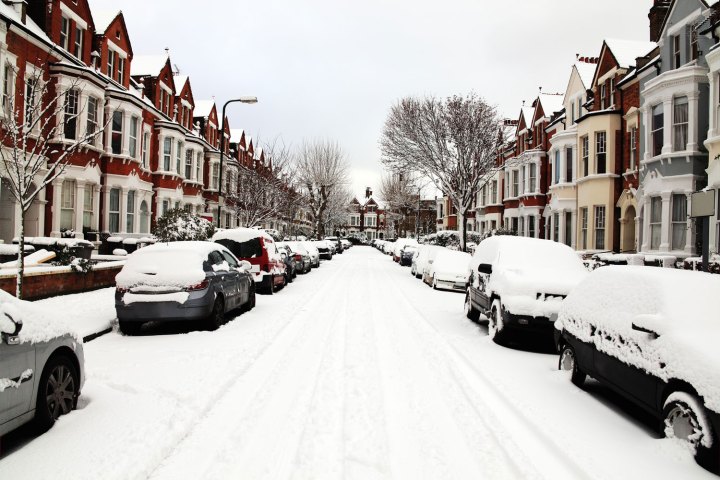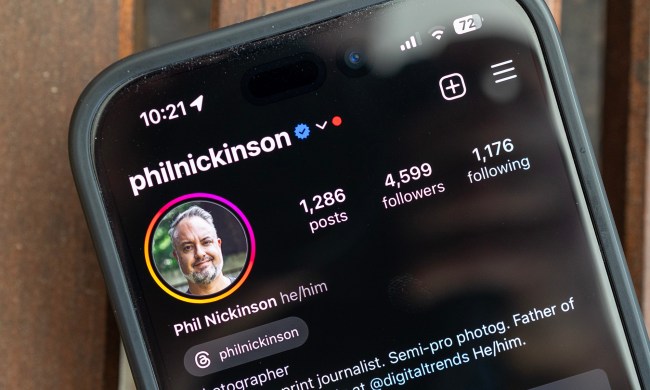
Using social media for weather reports is nothing new. National Weather Service offices across the country accept snowfall and severe weather damage reports that way, and meteorologists have found Twitter and other outlets useful in filling in gaps in observational data to verify their forecasts. However, using it to manage traffic flow is actually something that hasn’t been done.
“Twitter users provide an unparalleled amount of hyperlocal data that we can use to improve our ability to direct traffic during snowstorms and adverse weather,” UB Institute for Sustainable Transportation and Logistics director Dr. Adel Sadek says.
Traffic models currently take into account data from nearby weather stations and from sensors and cameras to make decisions on road closures and safe speeds when the weather’s bad. But the data is limited because it is hard to discern actual road conditions through these methods. Sadek and his team of researchers believe that tweets that are geo-located can often fill in these gaps.
We all have a tendency to talk about the weather on social media, and this tendency typically increases when the weather is particularly bad. Sadek and his team compared this increase to actual traffic data, and found a correlation. Better yet, the accuracy of the models improved when the Twitter data was added in.
Such modeling improvements could lead to better safe driving speed recommendations, more efficient road closures and detours, and even better arrival time estimates on the smart boards that have appeared on many highways across the country over the past few years.
Work is still ongoing, as the researcher’s work was only tested using data from the Buffalo metropolitan area. Over the coming months, Sadek and others plan to test their theories in other regions and for longer periods of time.
*An earlier version of this article stated that the research came from the University of Buffalo, instead of the University at Buffalo. We apologize for the mistake, and have amended the article to correct the error.


